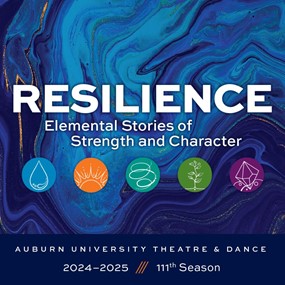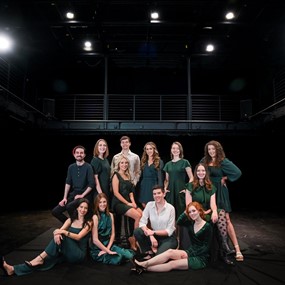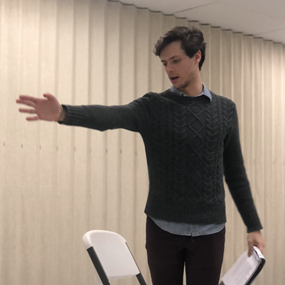Lights, Camera, Barbecue: Behind the Scenes with Fereshteh Rostampour
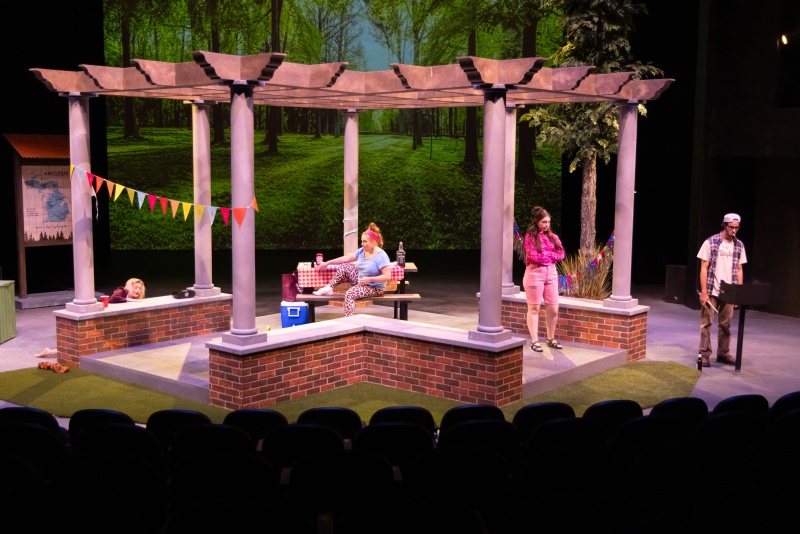
Have you ever noticed how intricate the set of a show is, how seamlessly the scenes change, and the lights seem to hit the perfect place? At the Auburn University Theatre and Dance Department, it’s the Design Technology professor, Fereshteh Rostampour, who teaches students the magic behind creating a set. For Barbecue, the first show of the 2023-24 season, it is her work as a Light and Set Designer that brings us from the middle of a park somewhere in America to a highly realistic Oscars’ scene.
Rostampour’s love for set designing began at a very young age. “My father instilled a love and passion for theatre. When other kids went to movies on the weekends, my father took me to theatres to see plays and classical concerts!” She began recreating the sets she would see, which fueled her love for theatre and set design. Her passion for theatre grew even more when she discovered the correlation between set design and lighting. “My interest in light design came much later when I discovered that light is another medium to paint my sets with. I realized once I put both disciplines together, I can create a work of art that is extremely satisfying.”
Set designing is anything but quick and easy. The process can take months or even years to develop depending on the show of the show. How does one begin such a large and complex process? The first step is always research. In order to design for a show, you have to know the play like the back of your hand. Rostampour uses many different resources during the research process, such as books, magazines, the internet, her own library of images, and journals she has collected over the past 25 years. There have been times when she even visited the locations where the play is set.
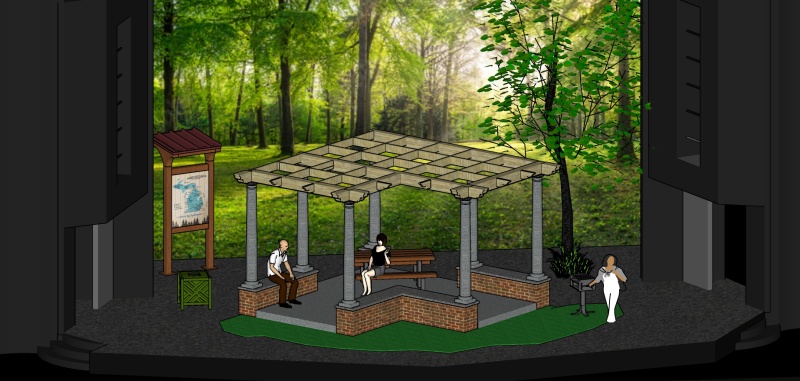
Next in the design process comes the preliminary sketches, mood boards, storyboards, drafting, rendering, 3D models, and paint elevations. Along with in-depth research, Rostampour explains, communicating with her team is also very important. From the local park to the final award scene, everything needs to be planned and run by the production team, artistic team, and director. She mentions that the director, Abdul-Khaliq Murtadha, was extremely helpful in finding inspiration for those scenes. “We both wanted to make the audience feel that they were in the real park but, in an unexpected moment, shock them by breaking that illusion, so they realized, ‘Oh, this is a movie set!’”
However, the set and lighting must also trick the audience into thinking they see more than what’s in front of them. Rostampour says that lighting has a lot to do with this. “Lighting can cause an audience to feel a wide range of different emotions. […] If all lighting elements are carefully considered during the design process, the result is a specific mood created by the lighting designer.” Moving the audience is what every great designer hopes to achieve with their work, and you will have to come to see Barbecue to see Rostampour’s work in action.
Tags: Theatre and Dance


